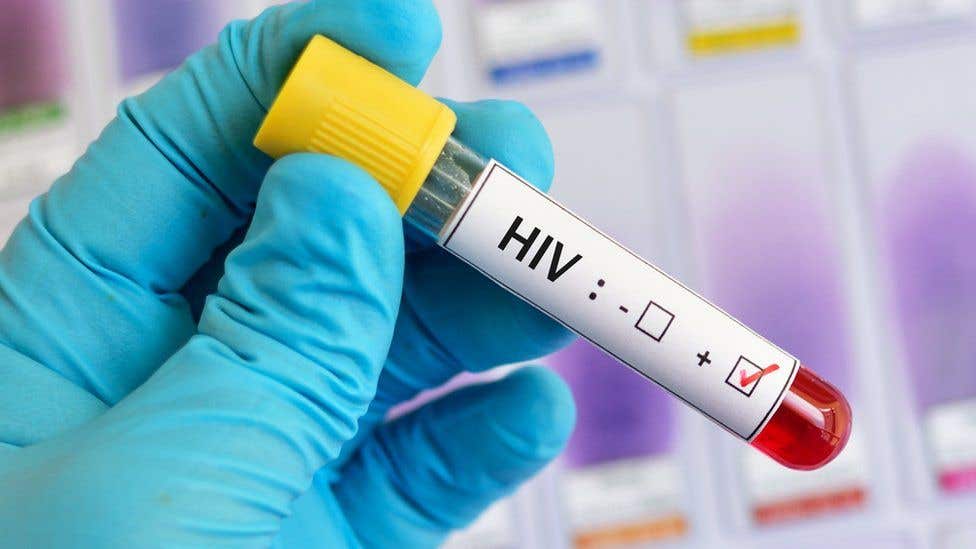New treatment may lead to HIV cure
Researchers have successfully suppressed HIV infections in mice—offering a path to a cure for HIV and other chronic viral infections.

[Oct 24, 2021: Albert-Eintein College of Medicine]
Scientists at Albert Einstein College of Medicine have successfully suppressed HIV infections in mice. (Credit: Creative Commons)
Armed with a novel strategy they developed for bolstering the body’s immune response, scientists at Albert Einstein College of Medicine have successfully suppressed HIV infections in mice—offering a path to a functional cure for HIV and other chronic viral infections. Their findings were published today in the Journal of Clinical Investigation.
The research involved proteins designed to selectively stimulate the immune system’s CD8+ “killer” T cells to multiply and specifically attack HIV-infected T cells. Co-corresponding author Steven Almo, Ph.D., developed the synthetic proteins, known as synTac (short for “synapse for T-cell activation”). Dr. Almo is professor and chair of biochemistry, professor of physiology & biophysics, the Wollowick Family Foundation Chair in Multiple Sclerosis and Immunology, and director of the Macromolecular Therapeutics Development Facility at Albert Einstein College of Medicine.
HIV infects the immune system’s CD4+ T cells. For the past 25 years, people infected with HIV have been able to control their infection through antiretroviral therapy (ART)—a combination of several drugs that prevent HIV from infecting new CD4+ T cells and multiplying within them. “Although ART works remarkably well at keeping HIV in check indefinitely, it is a stalemate and not a checkmate,” said co-corresponding author Harris Goldstein, M.D., professor of pediatrics and of microbiology and immunology and the Charles Michael Chair in Autoimmune Diseases at Albert Einstein College of Medicine and director of the Einstein-Rockefeller-CUNY Center for AIDS Research.
“ART’s long-term use can cause substantial side effects,” noted Dr. Goldstein. “And once ART is halted, latent HIV viruses—which can persist for years in CD4+ T cells—invariably emerge from their hiding places to revive the infection. Our JCI paper shows that synTac proteins, by greatly boosting the quantity of protective HIV-specific CD8+ T cells, were able to eliminate these infected cells.
Related Stories
“It’s unlikely that any treatment strategy can remove all latently infected T cells,” said Dr. Goldstein. “Our goal with synTac is a ‘functional cure,’ in which the powerful immune response induced by synTac suppresses HIV to undetectable levels even after they discontinue ART.”
The researchers first tested their anti-HIV synTac proteins on human blood samples infected with either HIV or cytomegalovirus (CMV), a common type of herpes virus that can infect and kill immunosuppressed patients. For blood from human donors infected with either HIV or CMV, synTacs specific for mobilizing immune responses against those viruses triggered selective and vigorous multiplication of CD8+ T cells that exhibited potent HIV or CMV anti-viral activity.
Next, the researchers intravenously injected synTacs specific for HIV or CMV into virus-infected mice with “humanized” immune systems that permit infection by viruses affecting people, such as HIV and CMV. The synTac proteins triggered human HIV-specific CD8+ T cells to increase 32-fold and increased human CMV-specific CD8+ T cells by 46-fold. In both the HIV- and CMV-infected mice, the large numbers of synTac-stimulated human CD8+ T cells potently suppressed the viral infections—suggesting that synTacs may offer new opportunities for functionally curing HIV and treating CMV and other viral infections.
“A key asset of the synTac platform,” said Dr. Almo, “is how easily we can program synTac proteins to combat any of the many diseases in which T cells play a role—including disease targets that extend well beyond viruses. For example, an ongoing clinical trial involving patients with head and neck cancer is assessing synTac’s ability to selectively activate anti-cancer T cells. And since synTacs can turn off, as well as activate T cells, they’re also under study for treating type 1 diabetes and other autoimmune diseases by turning off T cells that mistakenly attack people’s healthy tissues.” Dr. Almo is also co-leader of the cancer therapeutics program at the Albert Einstein Cancer Center.
For more science and technology stories check out our New Discoveries section at The Brighter Side of News.
Like these kind of feel good stories? Get the Brighter Side of News' newsletter.
Tags: #New_Discoveries, #Medical_Good_News, #HIV, #Treatment, #Science, #Research, #The_Brighter_Side_of_News
Joshua Shavit
Science & Technology Writer | AI and Robotics Reporter
Joshua Shavit is a Los Angeles-based science and technology writer with a passion for exploring the breakthroughs shaping the future. As a contributor to The Brighter Side of News, he focuses on positive and transformative advancements in AI, technology, physics, engineering, robotics and space science. Joshua is currently working towards a Bachelor of Science in Business Administration at the University of California, Berkeley. He combines his academic background with a talent for storytelling, making complex scientific discoveries engaging and accessible. His work highlights the innovators behind the ideas, bringing readers closer to the people driving progress.



